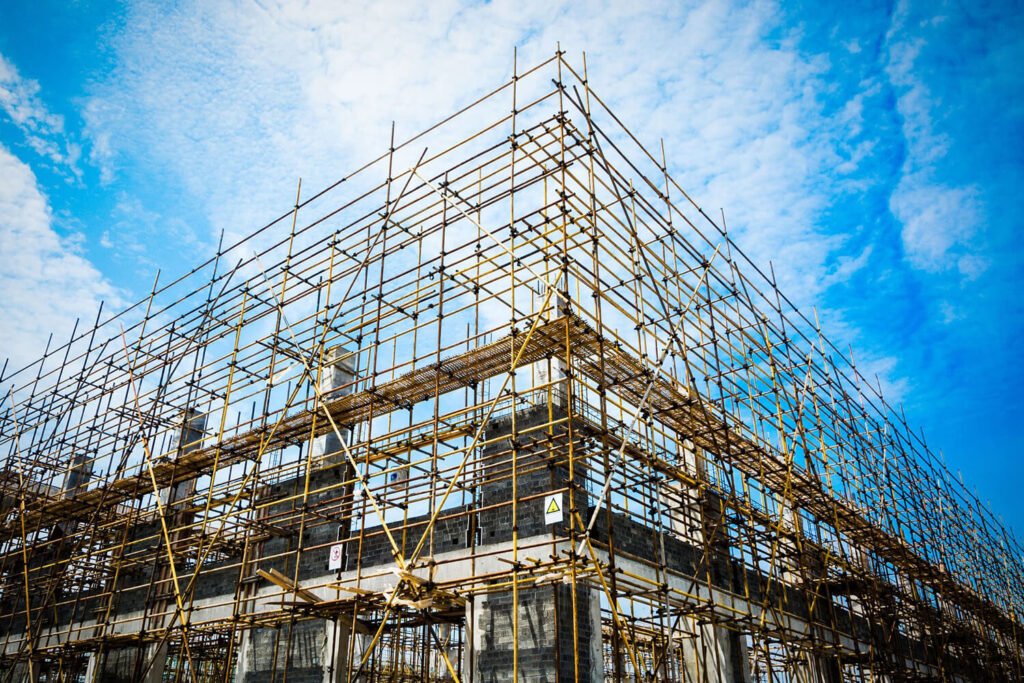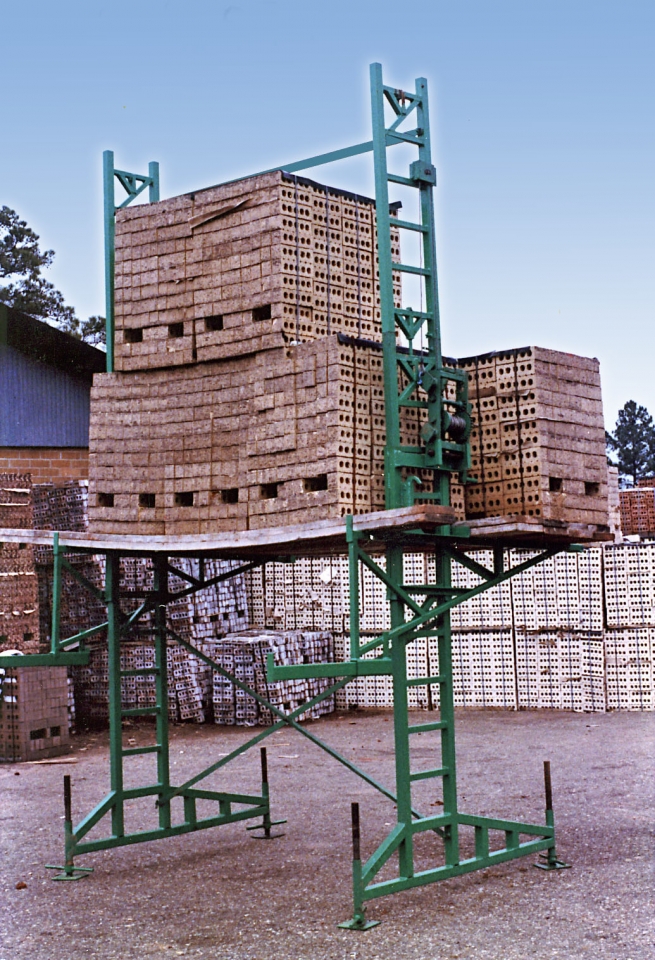Local Scaffolding Company Providing Reliable Services Throughout Surrey
Local Scaffolding Company Providing Reliable Services Throughout Surrey
Blog Article
Discovering the Numerous Sorts Of Scaffolding Utilized in Construction Jobs
The building industry relies heavily on various kinds of scaffolding to meet details task needs, each offering unique advantages and applications. Traditional framework scaffolding provides a strong foundation for general jobs, while suspended scaffolding is important for work with high-rise structures. Various other alternatives, such as system and rolling scaffolding, accommodate efficiency and flexibility, specifically. The cantilever alternative confirms important in metropolitan atmospheres where room is constricted. Understanding the subtleties of these scaffolding types is essential for maximizing safety and security and efficiency on construction sites, triggering a more detailed assessment of their distinct characteristics and applications.

Conventional Framework Scaffolding
Traditional frame scaffolding is one of one of the most extensively utilized methods in the building industry because of its toughness and versatility. This system includes straight and vertical frames that are constructed to develop a secure platform for products and employees. The main components consist of vertical posts, horizontal journals, and angled dental braces, which together supply a strong structure that can support considerable loads.
Among the crucial benefits of standard frame scaffolding is its flexibility to numerous building projects, ranging from property structures to large business frameworks. The modular layout permits very easy setting up and disassembly, making it reliable for both long-term and short-term tasks. Furthermore, the system can be tailored in elevation and width, accommodating various structure designs and website problems.
Security is extremely important in scaffolding applications, and standard framework systems are outfitted with guardrails and toe boards to avoid falls and make certain worker security. Normal evaluations and adherence to security regulations are critical in keeping the stability of the scaffold (Scaffolding). Overall, typical framework scaffolding continues to be a fundamental option in the construction market, providing a reliable platform for labor and boosting general job performance

Suspended Scaffolding
Suspended scaffolding uses a special remedy for construction jobs that call for access to raised surfaces, specifically in situations where traditional structure scaffolding might be impractical. This kind of scaffolding is generally put on hold from the roofing system or top degrees of a structure, using a system of systems, ropes, and sheaves to create a functioning room that can be adapted to different heights.
One of the primary advantages of put on hold scaffolding is its flexibility. It can be conveniently repositioned or lowered to fit changes in construction demands, making it optimal for tasks such as home window installation, façade work, and maintenance on skyscrapers. Furthermore, the minimal impact of suspended scaffolding permits far better usage of ground area in urban settings, where room is commonly restricted.
Safety and security is a critical factor to consider in the usage of put on hold scaffolding. Generally, suspended scaffolding offers a reliable and efficient remedy for accessing hard-to-reach areas in various construction situations, improving both productivity and security on This Site site.
System Scaffolding
System scaffolding, commonly considered as a modern service in the scaffolding market, includes pre-engineered parts that can be quickly put together and adjusted for different building and construction jobs. Scaffolding. This sort of scaffolding is characterized by its modular layout, which enables flexibility and effectiveness on task sites, fitting structural requirements and various heights
Generally made from high-strength steel or aluminum, system scaffolding uses boosted longevity and stability. The elements consist of vertical posts, straight journals, and diagonal braces, which interconnect firmly, ensuring a robust structure. The layout commonly incorporates standard installations, simplifying setting up and disassembly procedures, therefore reducing labor time and prices.

Rolling Scaffolding
Moving scaffolding is a flexible option to standard set scaffolding, designed for mobility and ease of use on construction sites. This kind of scaffolding consists of a system sustained by structures with wheels, enabling employees to quickly transfer it as needed. The wheelchair feature dramatically enhances productivity, as it decreases downtime related to setting up and disassembling fixed scaffolding.
Typically constructed from lightweight products such as aluminum or steel, Source rolling scaffolding supplies a strong yet portable solution for tasks needing regular repositioning - Scaffolding. It is especially advantageous in jobs such as paint, drywall installation, and electric work, where accessibility to different elevations and places is required
Safety and security is critical in rolling scaffolding design, with functions such as locking wheels to avoid unplanned activity when in operation, and guardrails to secure workers from falls. Furthermore, several versions are adjustable in height, accommodating different job requirements.
Cantilever Scaffolding

The layout of cantilever scaffolding commonly entails using braces or arms anchored to a structure or structure, enabling the platform to prolong outside safely. Safety is paramount; thus, these scaffolds have to be engineered to endure environmental problems and numerous lots. Routine assessment and upkeep are important to make sure structural stability and employee security.
Cantilever scaffolding is favored for its convenience and efficient use space, making it a prominent choice in click here for info urban settings where area constraints are typical. It promotes much easier accessibility to high elevations, inevitably adding to the total effectiveness of building projects. As with all scaffolding kinds, proper training and adherence to safety requirements are vital for workers utilizing cantilever scaffolding.
Final Thought
Conventional structure scaffolding provides security, while put on hold scaffolding offers convenience for raised jobs. System scaffolding helps with fast assembly, and rolling scaffolding improves movement for differing job atmospheres.
Traditional framework scaffolding supplies a tough foundation for basic jobs, while suspended scaffolding is vital for work on high-rise structures.Moving scaffolding is a functional option to traditional set scaffolding, made for wheelchair and ease of usage on building and construction websites. As with all scaffolding kinds, correct training and adherence to safety criteria are critical for employees utilizing cantilever scaffolding.
Standard frame scaffolding gives security, while put on hold scaffolding uses adaptability for raised tasks. System scaffolding assists in fast setting up, and rolling scaffolding improves wheelchair for varying job environments.
Report this page